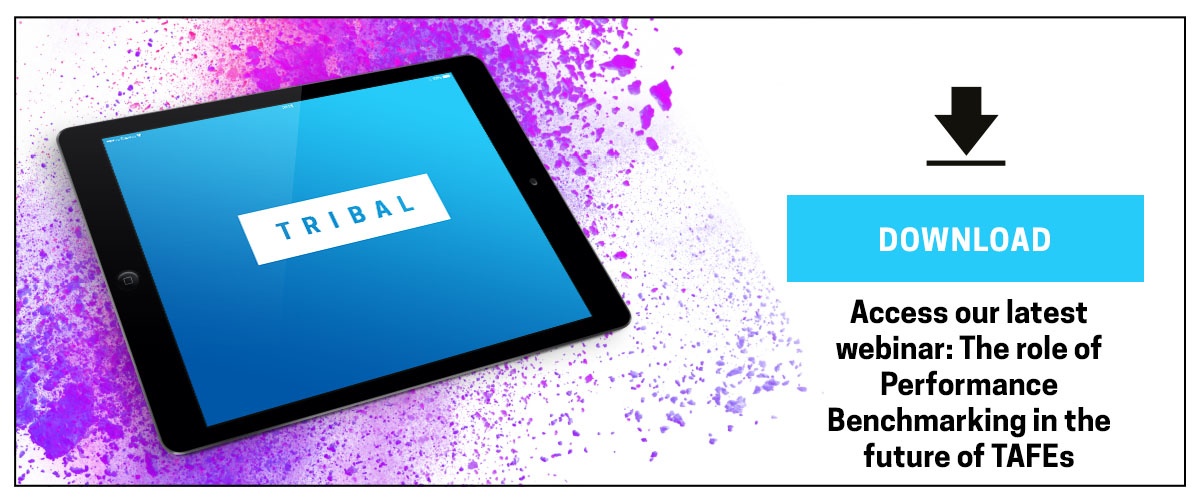The usefulness of benchmarking in any instance is the accuracy, validity and consistency of the data collection. This may be achieved via remote collection of data but invariably requires people to be on-site to ensure all assumptive processes are removed and the final dataset is consistent with the framework being employed. Getting this right enables meaningful performance comparison across any number of public providers and on a huge range of characteristics.
Institutions may wish to benchmark in-region, but benchmarks of course can traverse geographical boundaries, provided they are based on the accurate, valid and consistent approach outlined above. A Canadian college, for example, may wish to compare itself with similar sized colleges around the world with any one or more of a number of similar characteristics - such as size, number of campuses, curriculum, student profile or if they are perceived to be exhibiting best practice. Their respective geographic location and organisational structure is rendered less relevant due to the consistent manner in which the data is collected. The Canadian college is therefore able to make evidence-based decisions regarding resource allocation in order to move the organisation forward against their chosen benchmarks.
Example
The use of international benchmarking data is evident in our work in New Zealand. The NZ university system consists of only 8 universities, with some displaying quite different characteristics (eg University of Auckland has a turnover of approximately NZD$1bn organisation, whereas Lincoln University has a turnover of less than NZD$100M, with others in between ranging from $600M to $300M. Some are quite specialist , eg Massey University is strong in its provision of distance and online programmes.) To ensure that these universities had access to meaningful comparative data we were able to use HE data from the UK system; the benchmarking approach we apply is very similar wherever we work in the world - breaking down the financial and other performance data into a level of granularity which allows us to re-build the universities’ data in a consistent manner. This means it can be ‘transported’ to other geographic regions. Currency fluctuations are mitigated through the use of UBS Price & Earnings Survey and the Domestic Purchasing Power measure.
The very process of collecting data in this consistent manner improves data integrity and helps the potential development of new performance measures consistent with those used in an international context. Equally important is the availability of regular and comprehensive educational data with valuable interpretation. By obtaining this for specific sectors, i.e. Universities and Colleges, leaders can be confident the data on which they base their decisions is not skewed by non-relevant institutions outside of their sector; the ‘normalising’ of this data for comparison purposes then maximises the value that can be derived by leaders.
Download the white paper to read more about how globally accepted and proven benchmarking techniques are being used to tackle today’s post-secondary education challenges, including:
- Improved effectiveness and efficiency of delivery
- Higher level of governance through greater transparency and accountability for the expenditure of public funds
- A holistic view of individual institution’s costs and performance relative to other providers
- Better, more objective plans for business and quality improvement
- Greater strategic decision-making and increased commercial capability
Or alternatively, watch our webinar on the role of benchmarking in Australia's TAFE sector.
TOPICS:
SHARE THIS ARTICLE:



